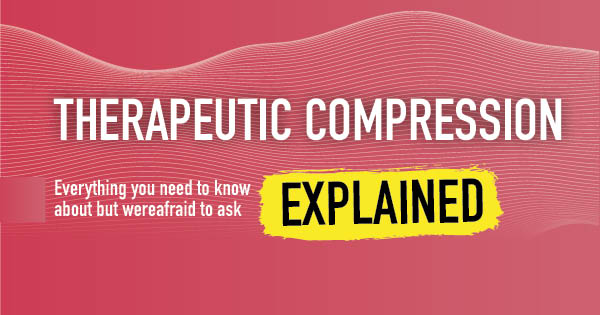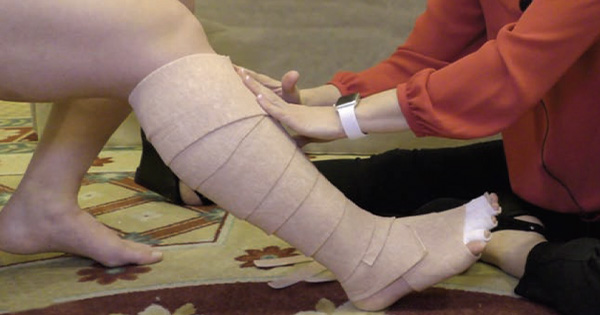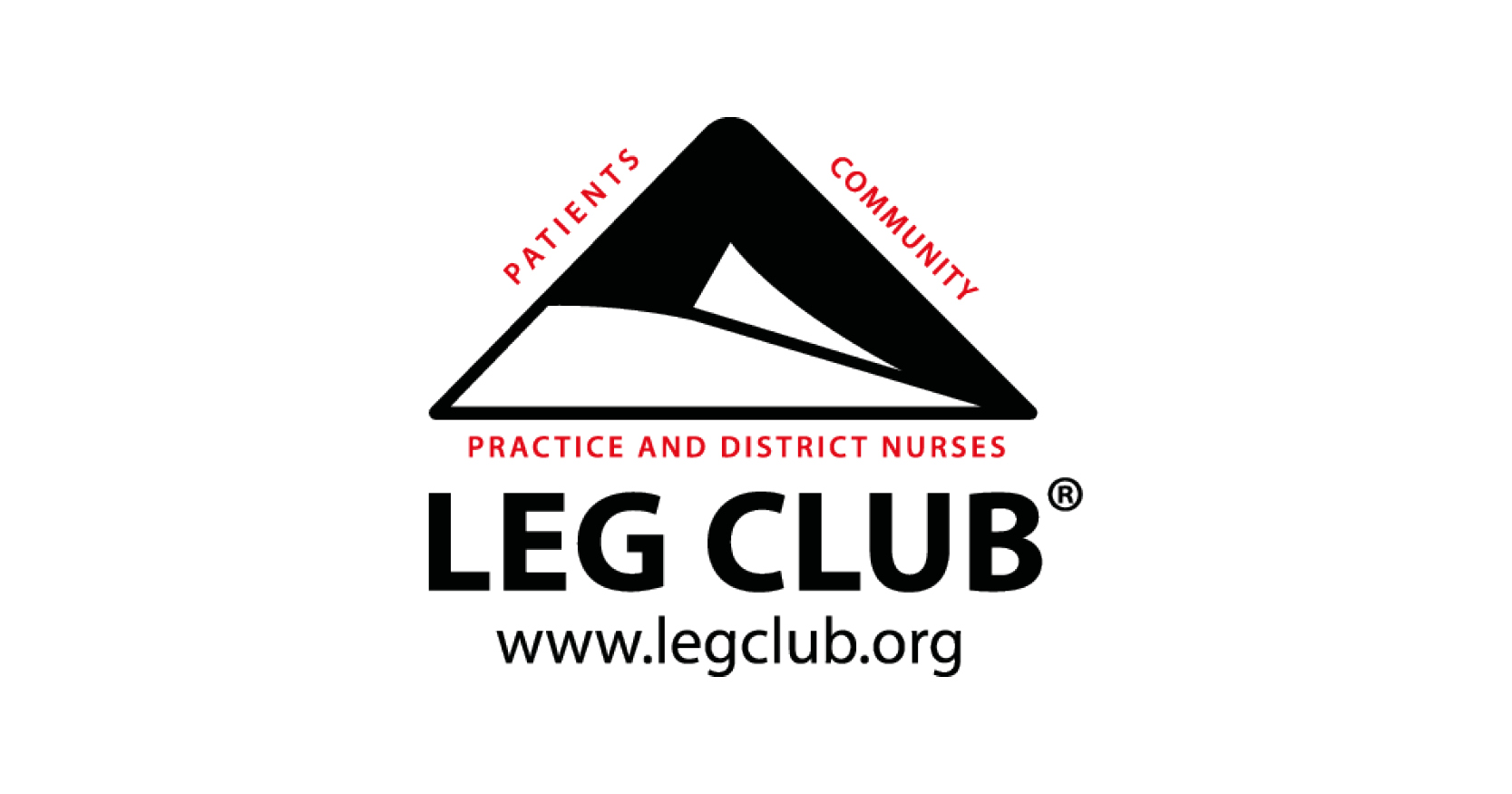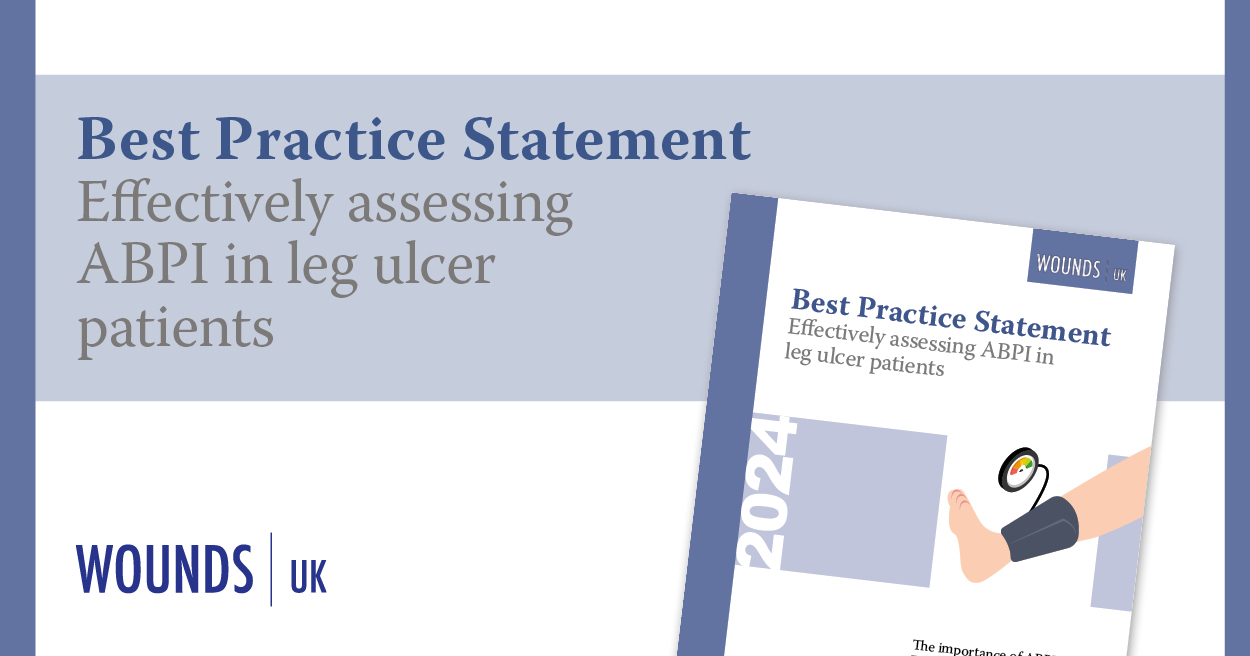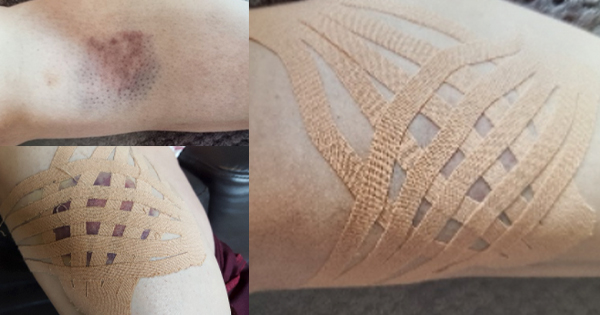Overview A venous leg ulcer (VLU) is a chronic leg wound caused by poor venous blood circulation in the lower limbs. It is a common recurring condition causing pain, malodour, reduced mobility and depression.
Compression therapy is considered the ‘gold standard’ treatment for VLUs. Research reports that compression therapy doubles the chances of a VLU healing (O’Meara et al, 2012; Nelson and Adderley, 2016).
The National Wound Care Strategy Programme (NWCSP, 2020) has been developed to enable best practice and reduce practice variation in compression therapy. The NWCSP’s recommendations state that all people presenting with a lower limb wound should be put into a 20mmHg therapeutic dosage of compression as soon as possible.
Within 14 days of initial presentation, an ankle brachial pressure index (ABPI) assessment should be carried out (NWCSP, 2020) to determine whether stronger compression can be used. The primary aim of an ABPI assessment is to exclude the presence of peripheral arterial disease (PAD) and ensure that compression therapy is safe (Wounds UK, 2019).
Compression therapy is contra-indicated in individuals where severe PAD is present and ABPI testing should be undertaken as part of a full holistic assessment.
Supported by medi UK

